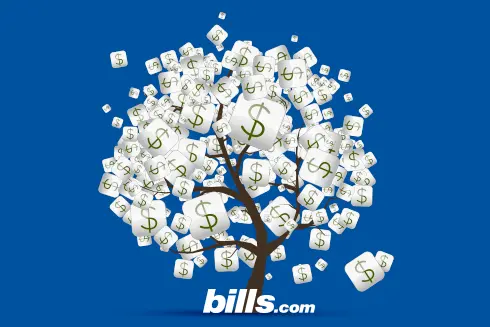President Obama Announced New Student Loan Repayment Plan
- New program will help 5.8 million borrowers with both a federal and private student loan.
- Student loan debt exceeds total credit-card debt and totals $1 trillion.
- More than half of 4-year graduates have student loan debt.
Three-Part Announcement Aims to Ease Repayment Burden for 5.8 million Student Loan Borrowers
President Obama announced a three-part plan in October 2011, in Denver, Colorado, designed to ease the pressure on millions of student loan holders.
The President's proposal aims to address the the strain that huge monthly student loan payments place on millions of borrowers. The White House estimates that the changes will affect 7.4 million people, which is about 20% of the approximately 36 million people with federal student loans.
Main Features
- Consolidation: Borrowers with direct government loans and government-backed private loans to consolidate their loans into one new loan. The White House estimates that 5.8 million eligible borrowers will reduce their interest rates by up to 0.5%.
- Size of Payment: Student loan payments will be limited to 10% of a graduate’s income, as opposed to the current limit of 15%, for borrowers eligible for the Income Based Repayment Program (IBR). This makes the monthly IBR payment much less than the amount required under a 10-year standard repayment plan. Use the U.S. Department of Education’s IBR calculator to estimate whether you would likely qualify for the IBR plan.
- Debt Forgiveness. The unpaid portion of the student loan debt is wiped out in 20 years, if the borrower has made loan payments as agreed, as opposed to the current law forgiving the debt after 25 years.

Not Everyone is Eligible
Many student loan debtors will not be covered by the new changes. To start, the changes only apply to borrowers with federal student loan debt. Borrowers with private student loans are not covered in any of the proposed changes. Borrowers whose loans are in default are also not eligible for the changes.
Other changes, such as the new IBR rules have important restrictions. For instance, to benefit from the new 10% IBR, you have to:
- Take out all of your loans in 2012 or later
- You took your loans in after 2008 and at least one new loan after 2012
Scope of the Problem
In 2011, total student loan debt exceeds total credit-card debt for the first time, and now is close to $1 trillion, about 60% of which is federal student loans and the other 40% is private student loans. Aside from mortgages, student loan debt is now the largest form of household debt. Student loan debt has become a problem. The U.S. Department of Education released data last month that shows the number of federal student-loan borrowers who defaulted in 2009 rose to 8.8% from 7% the previous year.
Rising Costs of College
Since 2001, tuition and fees at public colleges rose an average of 5.6% per year above the rate of general inflation. "According to the College Board, seniors who graduated in the last school year, and who borrowed money to pay for college, ended up with about $22,000 in debt for a public college, and $28,000 in debt for a private college," said Raj Date, Special Advisor to the Secretary of the Treasury for the Consumer Financial Protection Bureau, in prepared remarks delivered in Minnesota, separate from the President’s speech.
Summary
While the new changes will help some student loan borrowers, they don’t aim to help 80% of federal student loan borrowers and do nothing for people who took out private student loans. Some news reports have not made clear who can and who cannot take advantage of the proposed changes.
According to the Department of Education, details including "borrower and loan eligibility will not be finalized until the proposal goes through the negotiated-rulemaking process."
If you have federal student loans, make sure you stay informed. Bills.com will be keep you up to date on your student loan options, as developments arise.
